Best:
1. Solar powered cell phone charging
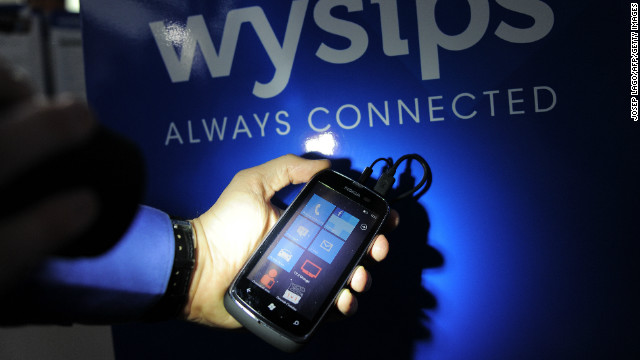 People gripe and complain about their dying phones and lost chargers all the time. From long road trips with no car chargers to forgetting to charge up overnight, it can be a nuisance trying to keep your phone charged. The fact that smartphones, with their limitless and often battery-draining capabilities, are replacing the old-fashioned "brick phones" doesn't help. Solar powered charging would be a huge leap forward in the world of technology, and people with phones everywhere would surely appreciate it.
People gripe and complain about their dying phones and lost chargers all the time. From long road trips with no car chargers to forgetting to charge up overnight, it can be a nuisance trying to keep your phone charged. The fact that smartphones, with their limitless and often battery-draining capabilities, are replacing the old-fashioned "brick phones" doesn't help. Solar powered charging would be a huge leap forward in the world of technology, and people with phones everywhere would surely appreciate it.
Dropping a $300 dollar smartphone in water is probably everyone's worst nightmare--many warranties don't cover water damage. So to have that fear eliminated may turn a lot of people on to the idea of buying a waterproof smartphone. A waterproof phone probably also means more durability, and given the fragility of most smartphones, that would probably also give this phone some points.
3. GPS-enabled walking stick
In a time where the baby boomers are growing older, this innovation is a smart one. It may seem far-fetched, but I think that a walking stick with GPS capabilities as well as the ability to summon emergency services and allow medics to track the walker's movements would be a good invention for the elderly. It would let relatives worry less about the well-being of the senior citizen, or whoever it is with the walking problem.
Worst:
The robotic balls don't seem to have much of a point, so they're number 1 on the list of innovations that I think will be least successful. All that was explained about them is that they are bluetooth-enabled and that they will have something to do with augmented reality games, but it doesn't seem like they will generate much of a buzz or be a hit in the technology world or the real world.
Paddle seems a lot like Paypal, where your information is stored in your account and purchases made through it. Both systems have a good idea behind them, but Paddle is just a repeat of something that we already have. It may attract a few users, but I don't think that it will make and large strides since we do already have something similar.
There doesn't seem to be anything groundbreaking about a phone with two screens except the fact that now there is double the possibility of cracking them. With mobile phone screen sizes expanding and retina displays improving, there's no need for two screens--I mean, it's a cool idea, but kind of pointless. It just doesn't really stand out.
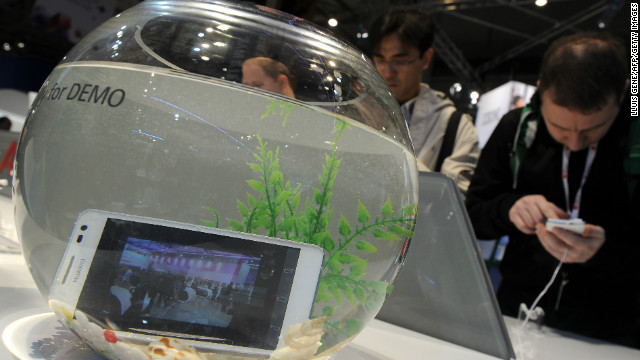
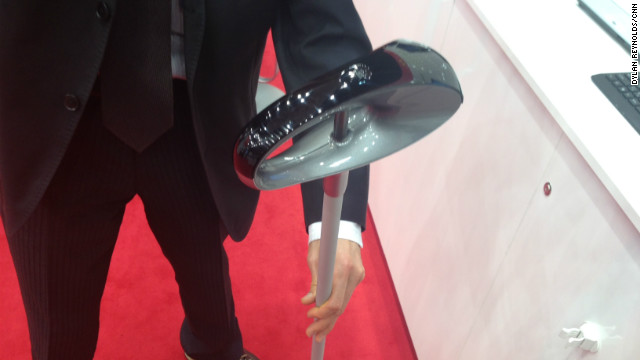
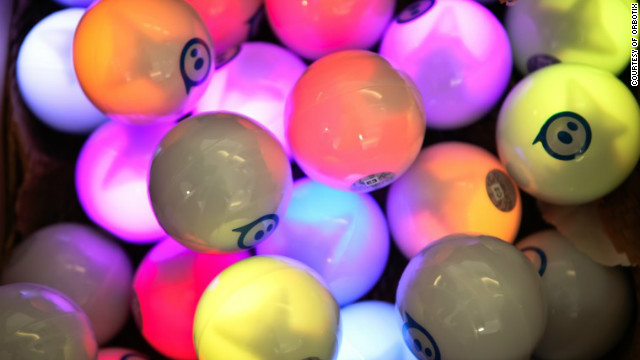
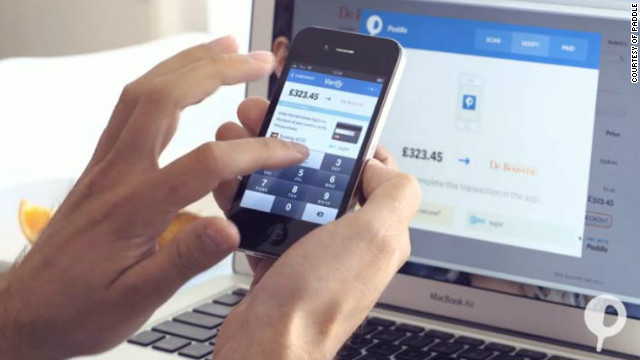
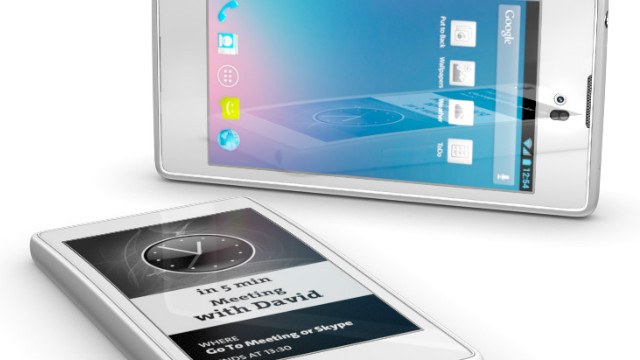
No comments:
Post a Comment